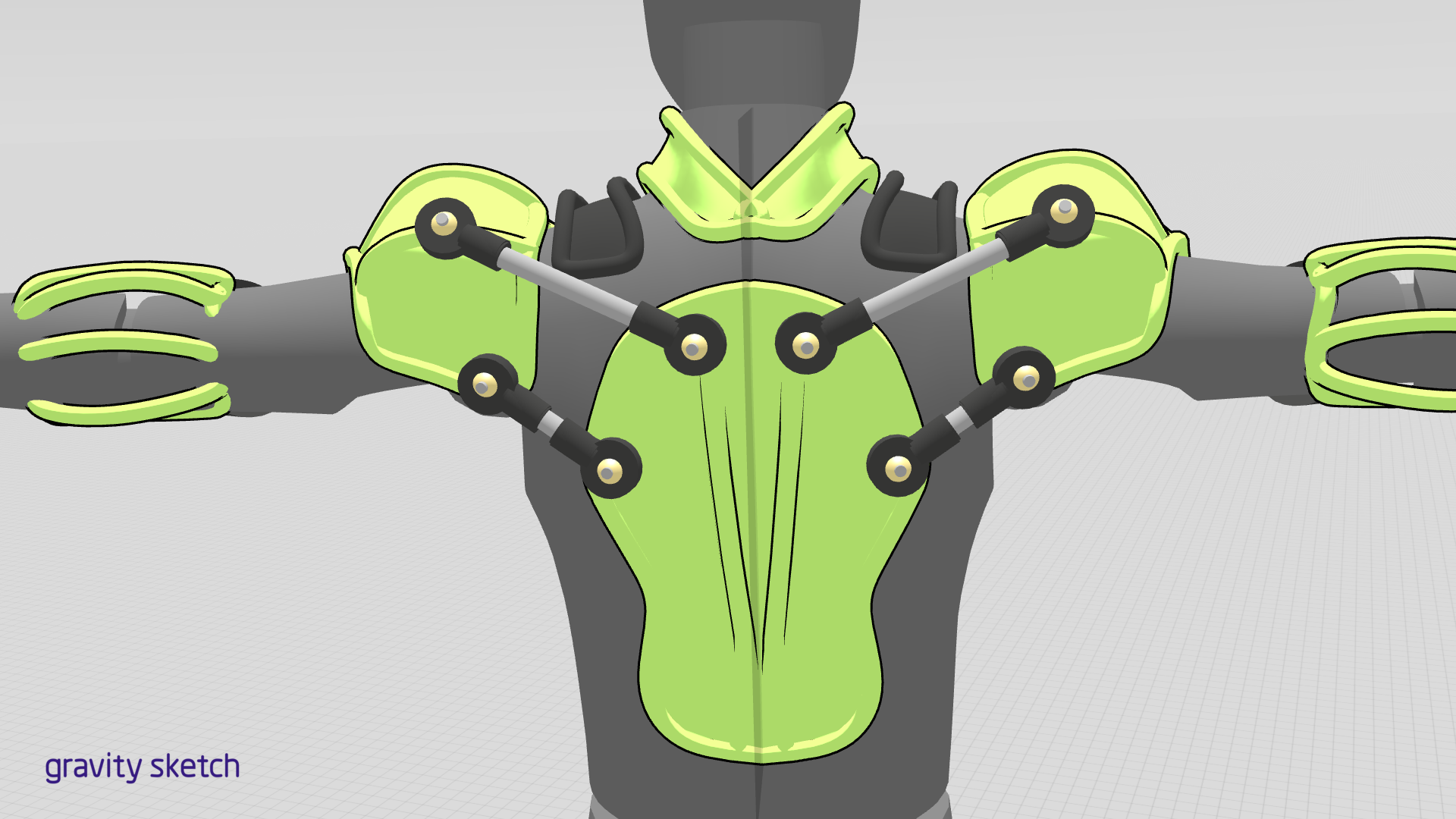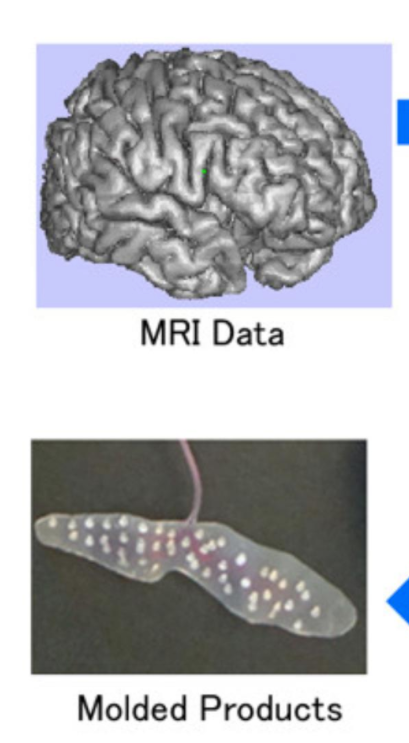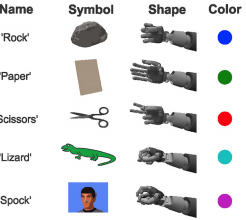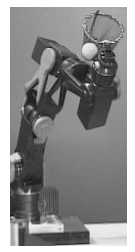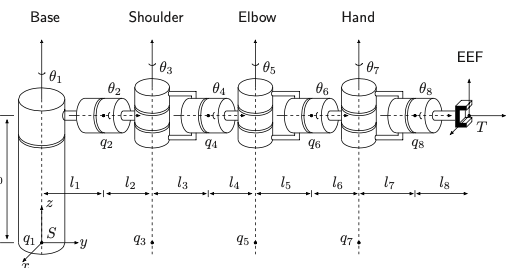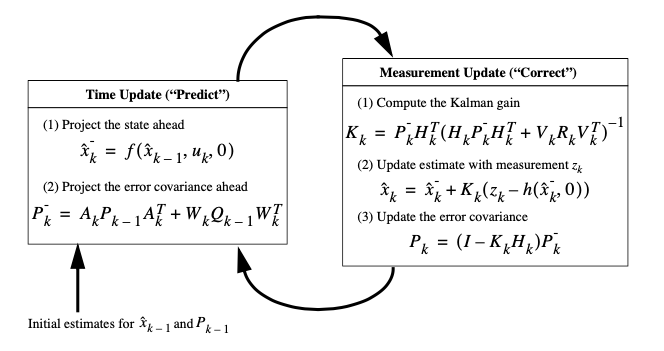https://www.leitmarktagentur.nrw/lw_resource/datapool/_items/item_718/pdb_ge-2-2-023.pdf Projektleitung:Hochschule Ruhr West, Mülheim a.d.R.Kontakt:Herr Prof. Dr. Ioannis Iossifidis Tel.: 0208 88254-806Laufzeit:01.10.2019 – 30.09.2022Aktenzeichen:GE-2-2-023 Verbund:Ruhr-Universität Bochum; ausführende Stelle: Universitätsklinikum Knappschaftskranken- haus Bochum GmbHRuhr-Universität Bochum; ausführende Stelle: BG Universitätsklinikum Bergmannsheil gGmbHSNAP GmbH, Bochum Projektbeschreibung: Beeinträchtigung der Arm- und Greiffunktionen nach verschiedenen neurologischen Erkran- kungen schränken die Teilhabe der betroffenen Patienten und Patientinnen am Berufs- und … Read More “Leitmarktwettbewerb Gesundheit.NRW: Projekt: „REXO – Smarte Rehabilitation der oberen Extremität durch ein intelligentes Soft-Exoskelett“” »
Author: jannis
Start des Forschungsprojekts „Smarte Rehabilitation der oberen Extremitäten durch ein intelligentes Soft-Exoskelett“ (REXO). Hochschule Ruhr West übernimmt die Rolle des Konsortialführers. Projektpartner sind das Knappschaftskrankenhaus, das Klinikum Bergmannsheil und die SNAP GmbH. Beeinträchtigung der Arm- und Greiffunktionen nach Erkrankungen (z. B. Schlaganfall) schränken Patienten stark ein und stellen eine große Herausforderung für den Rehabilitationsprozess dar. … Read More “Smarte Rehabilitation: Expertenteam entwickelt intelligentes Soft-Exoskelett” »
https://idw-online.de/en/news730101 Einen „Virtuellen Arm- und Handtest mithilfe von maschinellem Lernen bei neurologischen Bewegungsstörungen“ entwickelt die Hochschule Ruhr West (HRW) und ihre Partner im Forschungsprojekt „VAFES“. Prof. Dr. Andreas Pinkwart, Minister für Wirtschaft und Digitalisierung des Landes NRW, übergab kürzlich den Förderbescheid. Bottrop, 15. Januar 2020: Innerhalb des Forschungsprojektes „VAFES“ entwickeln die Hochschule Ruhr West und … Read More “Projekt VAFES: Expertenteam entwickelt Diagnosesystem für Parkinson-Patienten” »
Brain–machine interfaces (BMIs) are promising devices that can be used as neuroprostheses by severely disabled individuals. Brain surface electroencephalograms (electrocorticograms, ECoGs) can provide input signals that can then be decoded to enable communication with others and to control intelligent prostheses and home electronics. However, conventional systems use wired ECoG recordings. Therefore, the development of wireless … Read More “JournalClub: A Fully Implantable Wireless ECoG 128Channel Recording Device for Human Brain–Machine Interfaces” »
JournalClub: Navigating features: a topologically informed chart of electromyographic features space
The success of biological signal pattern recognition depends crucially on the selection of relevant features. Across signal and imaging modalities, a large number of features have been proposed, leading to feature redundancy and the need for optimal feature set identification. A further complication is that, due to the inherent biological variability, even the same classification … Read More “JournalClub: Navigating features: a topologically informed chart of electromyographic features space” »
Presented on 30.09.2020 by Sebastian Doliwa
Humans shape their hands to grasp, manipulate objects, and to communicate. From nonhuman primate studies, we know that visual and motor properties for grasps can be derived from cells in the posterior parietal cortex (PPC). Are non-grasp-related hand shapes in humans represented similarly? Here we show for the first time how single neurons in the … Read More “JournalClub: Hand Shape Representations in the Human Posterior Parietal Cortex” »
In this paper we present a system for catching a flying ball with a robot arm using off-the-shelf components (PC based system) for visual tracking. The ball is ob- served by a large baseline stereo camera, comparing each image to a slowly adapting reference image. We track and predict the target position using an Extended … Read More “JournalClub: Off-the-Shelf Vision for a Robotic Ball Catcher” »
This report describes a mathematical framework based on screw theory to solve the kine- matics and dynamics of an arbitrary open chain manipulator. The configuration of two specific manipulators is described in this framework as an example. For one of the manipulators, a anthropomorphic 7 DoF arm, a closed form solution of the inverse kinematics … Read More “JournalClub: Mathematical Framework for Arbitrary Open Chain Manipulators” »
In statistics and control theory, Kalman filtering, also known as linear quadratic estimation (LQE), is an algorithm that uses a series of measurements observed over time, containing statistical noise and other inaccuracies, and produces estimates of unknown variables that tend to be more accurate than those based on a single measurement alone, by estimating a … Read More “JournalClub: An Introduction to Kalman Filter” »

